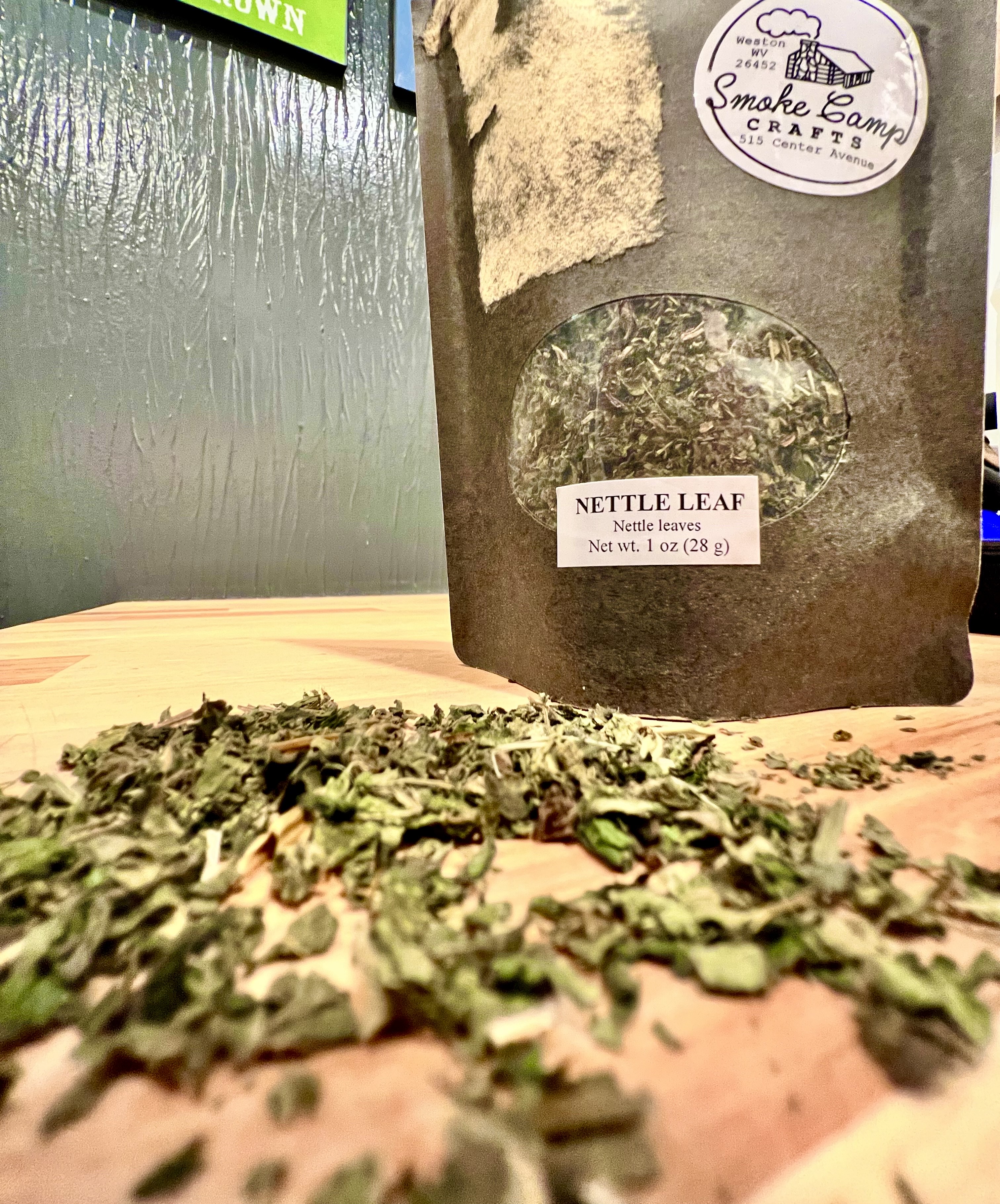
Here's my latest column for the Charleston Gazette-Mail:
When you think of “stinging,” you may think of bees or jellyfish or maybe even an insult dripping with disdain — much less something you want to ingest.
Enter “stinging nettle.”
Stinging nettle is a perennial plant that grows wild in Appalachia and has long, thin hairs that contain formic acid. But once those hairs are cooked or dried, the stinging acid is neutralized and allows the plant to be utilized in a number of ways.
The wild edible has been foraged for centuries for its medicinal, textile, and, of course, nutritional properties.
Native and Appalachian communities have used nettles to treat various ailments due to its anti-inflammatory, diuretic, and antihistamine possibilities.
As for textiles, nettles’ fiber has been used to make twine, fishing nets and rope. It is versatile and rivals other natural materials in terms of strength.
In terms of flavor, nettles are similar to spinach or arugula, with bright-green, grassy notes and a peppery flavor.
Young nettle leaves are harvested in the spring when they are tender and cooked or incorporated into dishes like pasta, pizza, soups, sauces, teas, or even made into pesto.
A word of warning, though: Like other foraged goods, nettles must be handled with care to ensure proper precautions and cooking methods are employed before it is consumed.
West Virginia restaurants have featured nettles in a variety of ways on their menus. From handmade pasta filled with ricotta bathed in a green sauce with asparagus and sweet peas all the way to a warm, brothy soup dotted with morels or chanterelles, nettles often pair well with other spring delicacies.
Stinging nettle continues to be appreciated in Appalachia as part of the region’s rich herbal and culinary traditions. It is valued for its versatility, nutritional benefits and potential health properties. And, it’s a surefire way to know spring is here.
Plants like stinging nettle help serve as a connection to the natural resources in Appalachia and contribute to the sense of place through food
All work property of Candace Nelson. Powered by Blogger.


0 comments